| Component | Specifications | Material | Manufacturing Process |
|---|---|---|---|
| Display Screen | 17-24 inch touchscreen, HD resolution | Tempered glass, LED/LCD | Assembling and integrating with the kiosk frame |
| Card Reader | Supports RFID, magnetic stripe, and barcode cards | Plastic, electronic components | Precision molding and electronic assembly |
| Printer | Thermal printer for receipts | Metal casing, thermal print head | Assembly of print mechanism and paper feed system |
| CPU | Quad-core processor, 8GB RAM, 128GB SSD storage | Metal and plastic casing | Chipset installation and system integration |
| Frame | Sturdy steel or aluminum, powder-coated finish | Steel/Aluminum | CNC cutting, welding, and powder coating |
| Software | Custom library management interface, secure login, payment integration | Software development | Coding, testing, and integration with hardware |
| Connectivity | Wi-Fi, Ethernet, USB ports | Electronic components | Soldering and integration with CPU motherboard |
A library kiosk is crafted through a meticulous manufacturing process that begins with the design phase, where the specifications and user interface are outlined. The hardware components, including the display screen, card reader, printer, and CPU, are sourced and assembled. The frame, typically made of steel or aluminum, is cut, welded, and powder-coated for durability. The electronic components, such as the touchscreen, card reader, and printer, are then integrated into the frame. Next, the custom software is developed, tested, and loaded onto the kiosk, ensuring seamless interaction between the hardware and software. Finally, the fully assembled kiosk undergoes rigorous quality checks, including functional testing and safety assessments, before being packaged and shipped to the customer. This process ensures that the kiosk meets high standards of performance, reliability, and user experience, making it a valuable asset for libraries.
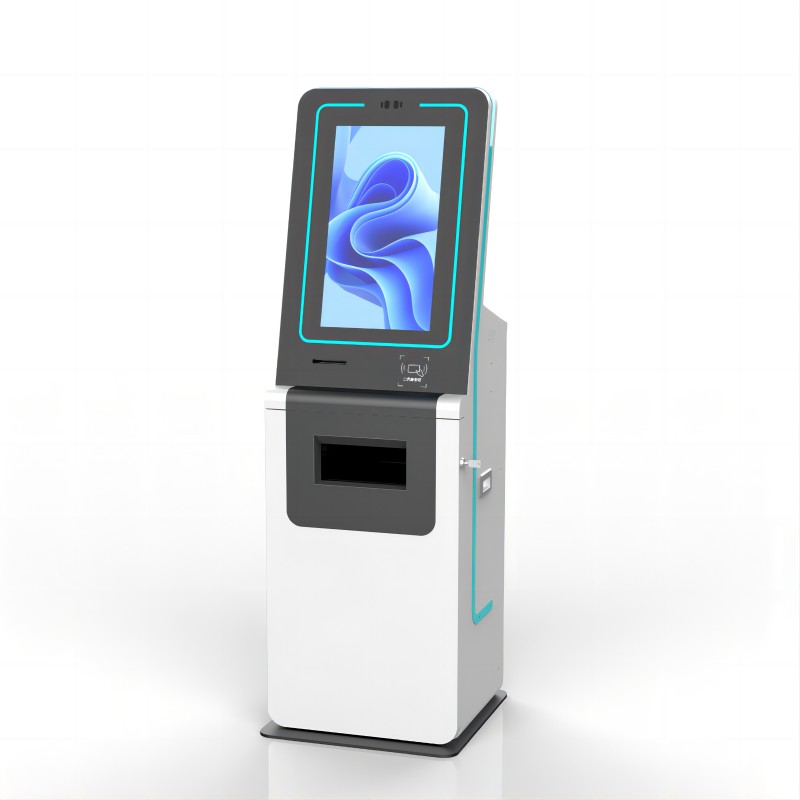
A kiosk in a library is a self-service terminal designed to enhance the library experience by allowing patrons to perform various tasks independently. These kiosks typically offer functions such as checking out or returning books, searching the library catalog, paying fines, or renewing borrowed items. Equipped with user-friendly touchscreens, barcode scanners, and sometimes even printers, library kiosks streamline operations, reduce wait times, and provide a convenient, efficient way for users to access library services without needing direct assistance from library staff. They are increasingly becoming a vital tool in modern libraries, improving accessibility and service quality.
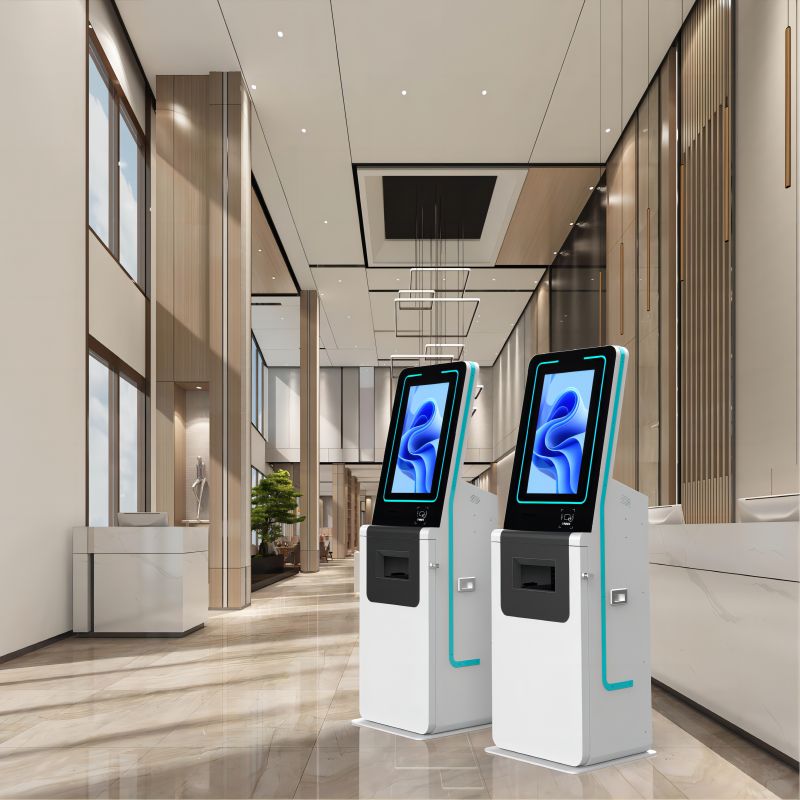
Start the Session: Approach the kiosk and touch the screen to begin. The kiosk might display a menu of options such as checking out books, returning items, or searching the catalog.
Scan Your Library Card: Use the barcode scanner on the kiosk to scan your library card. This will log you into your account and enable you to access various services.
Select the Desired Service: Choose the service you need, such as checking out books, returning items, paying fines, or searching for a book in the catalog.
Follow On-Screen Instructions: Depending on your selection, the kiosk will guide you through the necessary steps. For instance, if you're checking out books, you may need to scan the barcode of each item.
Complete the Transaction: After completing your task, the kiosk may print a receipt or confirmation of the transaction. Ensure that you take any printouts or receipts that the kiosk provides.
Log Out or End Session: Once you're done, make sure to log out of your account if prompted, or simply end the session by following the on-screen instructions. This ensures that your account information is secure.

Self-Checkout and Returns: Allows patrons to check out and return books, DVDs, and other library materials independently, reducing wait times and staff workload.
Catalog Search: Enables users to search the library’s catalog for books, journals, and other resources, helping them locate materials quickly.
Fine Payment: Allows patrons to pay overdue fines or fees using a secure payment system integrated into the kiosk.
Library Card Registration: Facilitates the registration process for new library cards, allowing patrons to sign up or renew their membership directly at the kiosk.
Event Information and Sign-Up: Provides information about upcoming library events, programs, or workshops, and allows users to sign up or register for these events.
Resource Reservation: Enables users to reserve study rooms, computers, or other library resources, ensuring availability and convenience.
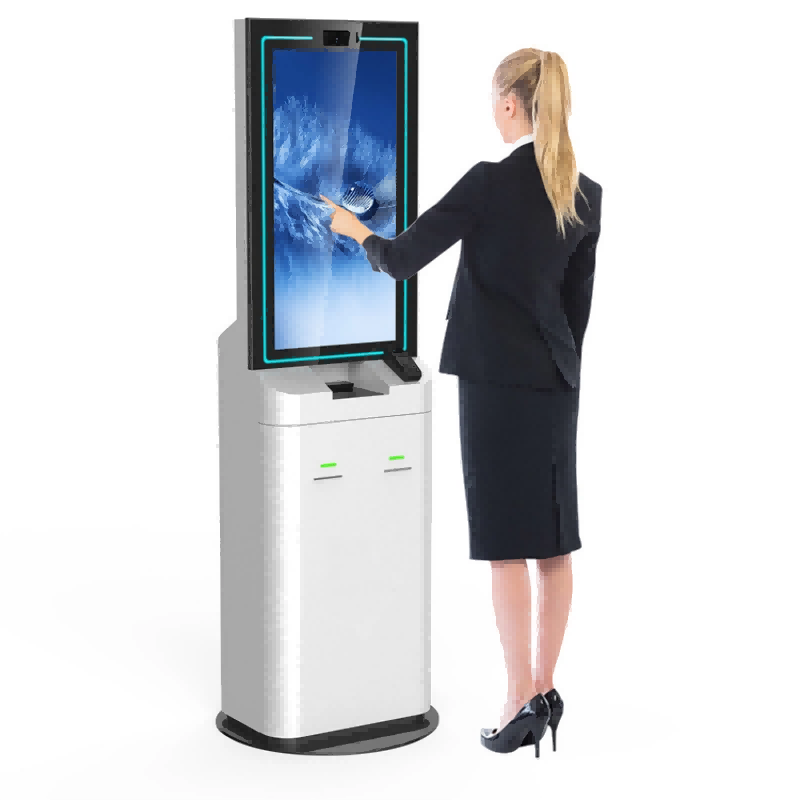
Increased Efficiency: Streamlines routine tasks like checkouts and returns, allowing library staff to focus on more complex inquiries and support.
Enhanced User Experience: Offers a convenient and user-friendly interface for patrons to access library services, improving overall satisfaction.
Reduced Wait Times: Minimizes lines and wait times by allowing multiple users to complete tasks independently, especially during peak hours.
24/7 Accessibility: Provides around-the-clock access to certain library services, even when staff are not available, ensuring greater flexibility for users.
Cost Savings: Reduces the need for additional staff by automating basic services, leading to long-term cost savings for the library.
Improved Resource Management: Helps in better managing and tracking library resources, ensuring that materials are available and efficiently circulated among patrons.
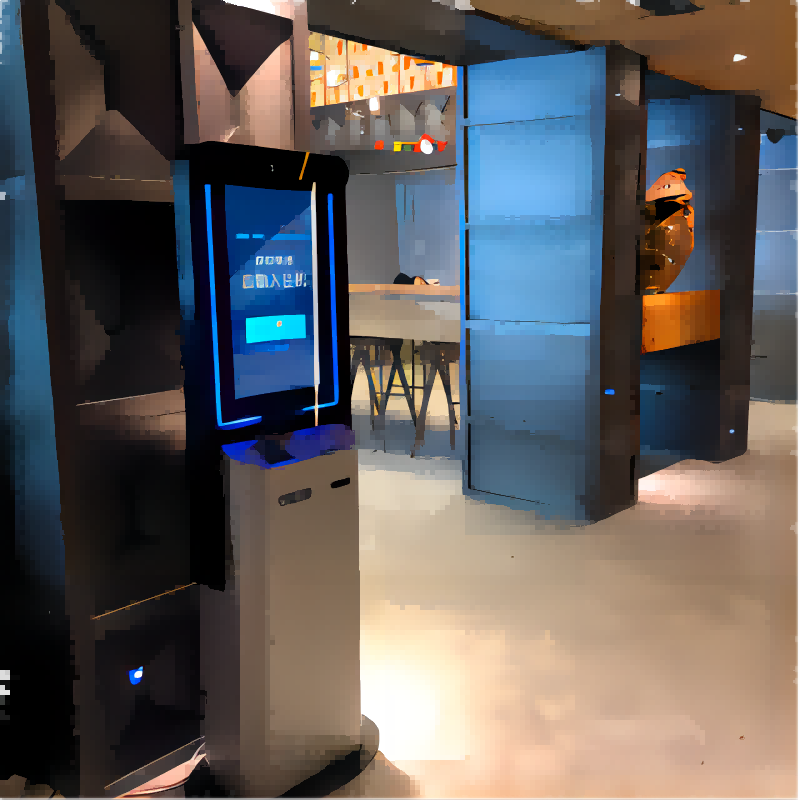
Branding and Aesthetics: Customize the kiosk's exterior design, including colors, logos, and library-specific themes, to align with the library's branding and interior décor.
Software Interface: Tailor the user interface to include specific language options, library services, and accessibility features to meet the diverse needs of library patrons.
Hardware Components: Choose from a range of hardware options such as touchscreens, barcode scanners, RFID readers, and receipt printers to suit the specific requirements of the library.
Content Management: Customize the content displayed on the kiosk, including library announcements, event schedules, and recommendations, to keep patrons informed and engaged.
User Authentication: Integrate different user authentication methods such as library card scanning, PIN entry, or mobile app login for secure access to personalized services.
Service Modules: Add or modify service modules to offer a variety of functions like book checkouts, returns, account management, or event registrations, ensuring the kiosk meets the library's service objectives.

The cost of implementing a library kiosk varies depending on factors such as hardware specifications, software customization, and additional features. Initial expenses include the purchase of the kiosk unit, installation, and any necessary integration with existing library systems. Ongoing costs may involve maintenance, software updates, and potential service fees. Despite the upfront investment, the return on investment (ROI) can be significant. Library kiosks streamline operations, reduce staff workload, and improve user experience by providing self-service options for book checkouts, returns, and account management. This efficiency leads to faster service, increased patron satisfaction, and the potential to allocate staff to more value-added tasks, ultimately justifying the cost through enhanced library services and improved operational efficiency.
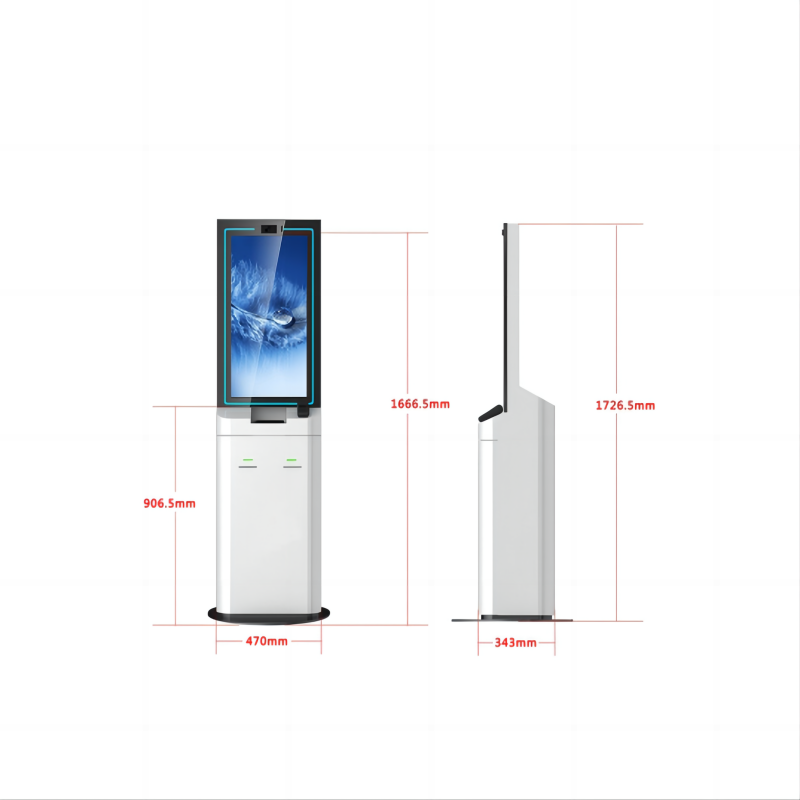
| Type | Size (Dimensions) | Design Options | Price Range |
|---|---|---|---|
| Self-Checkout Kiosk | 60-70 inches (Height) x 20-30 inches (Width) x 15-20 inches (Depth) | Modular, Touchscreen Interface, ADA Compliant | $5,000 - $15,000 |
| Book Return Kiosk | 50-60 inches (Height) x 25-35 inches (Width) x 20-25 inches (Depth) | Weatherproof, Barcode Scanner, RFID Integration | $3,000 - $10,000 |
| Information Kiosk | 50-65 inches (Height) x 18-24 inches (Width) x 14-18 inches (Depth) | Interactive Display, Custom Branding | $4,000 - $12,000 |
| Library Card Kiosk | 55-70 inches (Height) x 20-30 inches (Width) x 15-20 inches (Depth) | Card Dispenser, User Authentication | $6,000 - $18,000 |
Determine Your Needs: Identify the specific functions the kiosk will serve, such as self-checkout, book returns, or information services, to ensure you select the right type.
Set a Budget: Establish a clear budget based on the kiosk type, design features, and any additional software or hardware integration required.
Research Vendors: Look for reputable kiosk manufacturers who specialize in library solutions. Check their experience, customer reviews, and customization options.
Request a Quote: Contact multiple vendors to get detailed quotes, including costs for hardware, software, installation, and maintenance.
Evaluate Customization Options: Ensure the kiosk design aligns with your library's branding, accessibility needs, and space requirements. Ask about design flexibility and add-on features.
Check for Integration: Ensure the kiosk can integrate seamlessly with your existing library management system (LMS) and other software for smooth operation.
Review Warranty and Support: Before finalizing the purchase, review the warranty terms and the level of after-sale support provided by the vendor. Choose a vendor who offers comprehensive support and a solid warranty.
What did our happy clients say?
We recently installed a self-checkout library kiosk, and it has been a game-changer! The setup was smooth, and the interface is user-friendly. Our patrons love the convenience. Highly recommend this vendor!
The library kiosk we purchased exceeded our expectations. It's sleek, efficient, and has significantly improved our operations. The support team was fantastic throughout. Would definitely buy again!
Our new book return kiosk is perfect! It integrates seamlessly with our system, and the design fits beautifully in our space. Excellent product and top-notch customer service. Thank you!
We are thrilled with our information kiosk! It has enhanced the visitor experience, making it easy for patrons to find what they need. Great quality and value for the price. Strongly recommend!